Explore the Wonders of Morocco’s UNESCO World Heritage Sites with Best Destinations Morocco.
The World Heritage Sites that we have selected for you in Morocco have been deemed by UNESCO to be of outstanding cultural or natural importance. This value is universal and so preserving such sites is seen as being beneficial to the entire world’s population.
Most of our cultural heritage sites are historical in nature and provide evidence of the way our early cultures lived their day-to-day lives. These sites provide a wealth of information and form part of a world of history that would remain dead and buried were it not for the discovery and study of such amazing archaeological ruins.
There are as many as eight designated World Heritage Sites in Morocco.
Archaeological Site of Volubilis
The Mauritanian capital, founded in the 3rd century B.C., became an important outpost of the Roman Empire and was graced with many fine buildings. Extensive remains of these survive in the archaeological site, located in a fertile agricultural area. Volubilis was later briefly to become the capital of Idris I, founder of the Idrisid dynasty, who is buried at nearby Moulay Idris.
Historic City of Meknes
Founded in the 11th century by the Almoravids as a military settlement, Meknes became a capital under Sultan Moulay Ismaïl (1672–1727), the founder of the Alawite dynasty. The sultan turned it into a impressive city in Spanish-Moorish style, surrounded by high walls with great doors, where the harmonious blending of the Islamic and European styles of the 17th century Maghreb are still evident today.
Ksar of Ait-Ben-Haddou
The ksar, a group of earthen buildings surrounded by high walls, is a traditional pre-Saharan habitat. The houses crowd together within the defensive walls, which are reinforced by corner towers. Ait-Ben-Haddou, in Ouarzazate province, is a striking example of the architecture of southern Morocco.
Medina of Essaouira (formerly Mogador)
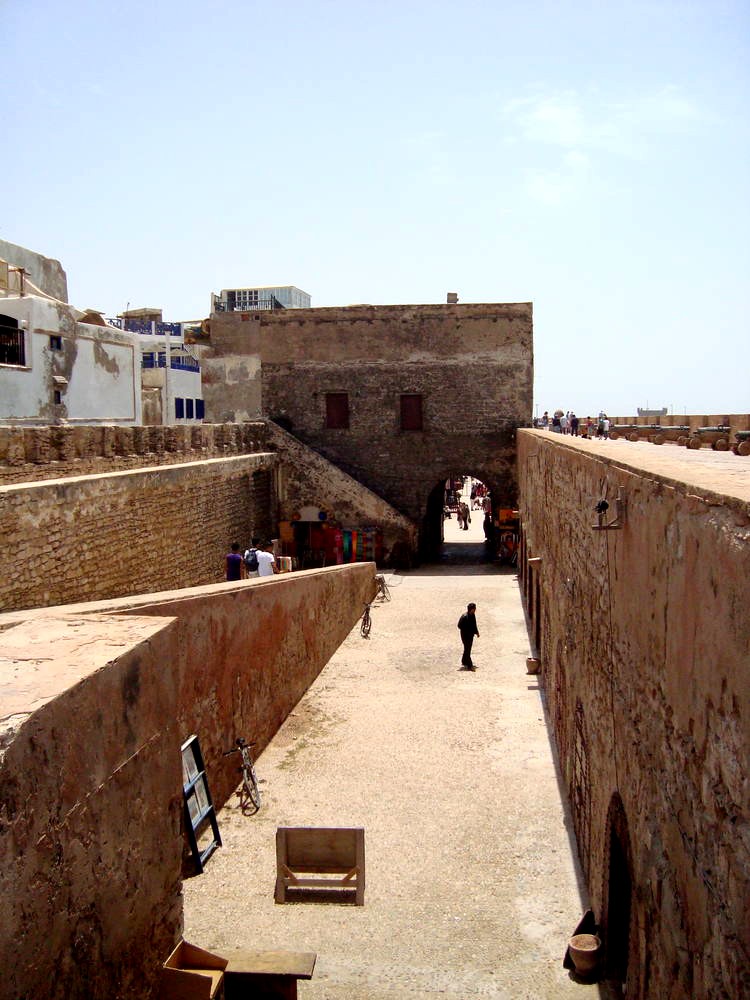 Medina of Essaouira (formerly Mogador)
Medina of Essaouira (formerly Mogador)
Essaouira is an exceptional example of a late-18th-century fortified town, built according to the principles of contemporary European military architecture in a North African context. Since its foundation, it has been a major international trading seaport, linking Morocco and its Saharan hinterland with Europe and the rest of the world.
Medina of Fes
Founded in the 9th century and home to the oldest university in the world, Fez reached its height in the 13th–14th centuries under the Marinids, when it replaced Marrakesh as the capital of the kingdom.
The urban fabric and the principal monuments in the medina – madrasas, fondouks, palaces, residences, mosques and fountains – date from this period. Although the political capital of Morocco was transferred to Rabat in 1912, Fez has retained its status as the country’s cultural and spiritual centre.
Medina of Marrakesh
Founded in 1070–72 by the Almoravids, Marrakesh remained a political, economic and cultural centre for a long period. Its influence was felt throughout the western Muslim world, from North Africa to Andalusia. It has several impressive monuments dating from that period: the Koutoubiya Mosque, the Kasbah, the battlements, monumental doors, gardens, etc. Later architectural jewels include the Bandiâ Palace, the Ben Youssef Madrasa, the Saadian Tombs, several great residences and Place Jamaâ El Fna, a veritable openair theatre.
Medina of Tétouan (formerly known as Titawin)
Tétouan was of particular importance in the Islamic period, from the 8th century onwards, since it served as the main point of contact between Morocco and Andalusia. After the Reconquest, the town was rebuilt by Andalusian refugees who had been expelled by the Spanish. This is well illustrated by its art and architecture, which reveal clear Andalusian influence. Although one of the smallest of the Moroccan medinas, Tétouan is unquestionably the most complete and it has been largely untouched by subsequent outside Portuguese City of Mazagan (El Jadida)
Portuguese City of Mazagan (El Jadida)
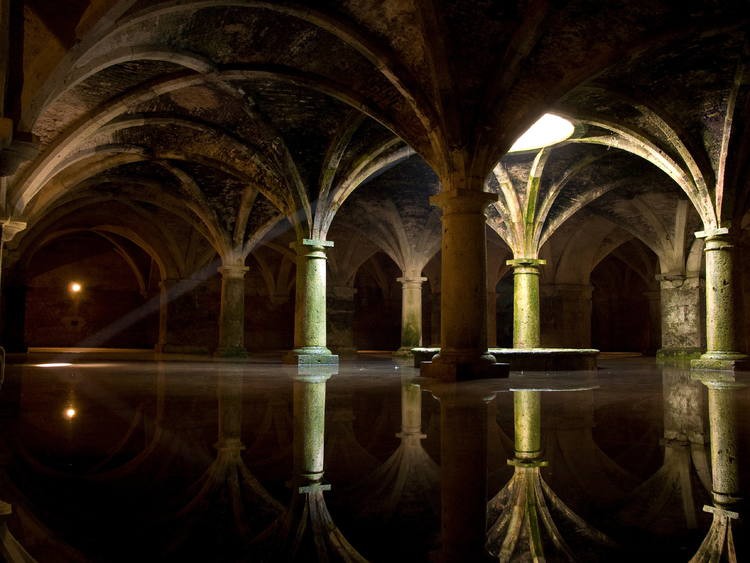 Portuguese City of Mazagan (El Jadida)
Portuguese City of Mazagan (El Jadida)
The Portuguese fortification of Mazagan, now part of the city of El Jadida, 90-km southwest of Casablanca, was built as a fortified colony on the Atlantic coast in the early 16th century. It was taken over by the Moroccans in 1769. The fortification with its bastions and ramparts is an early example of Renaissance military design.
The surviving Portuguese buildings include the cistern and the Church of the Assumption, built in the Manueline style of late Gothic architecture. The Portuguese City of Mazagan – one of the early settlements of the Portuguese explorers in West Africa on the route to India – is an outstanding example of the interchange of influences between European and Moroccan cultures, well reflected in architecture, technology, and town planning.
Rabat, Modern Capital and Historic City : aShared Heritage
Located on the Atlantic coast in the north-west of Morocco, the site is the product of a fertile exchange between the Arabo-Muslim past and Western modernism. The inscribed city encompasses the new town conceived and built under the French Protectorate from 1912 to the 1930s, including royal and administrative areas, residential and commercial developments and the Jardins d’Essaisbotanical and pleasure gardens. It also encompasses older parts of the city dating back to the 12thcentury. The new town is one of the largest and most ambitious modern urban projects built in Africa in the 20th century and probably the most complete. The older parts include Hassan Mosque (begun in 1184) and the Almohad ramparts and gates, the only surviving parts of the project for a great capital city of the Almohad caliphate as well as remains from the Moorish, or Andalusian, principality of the 17thcentury.
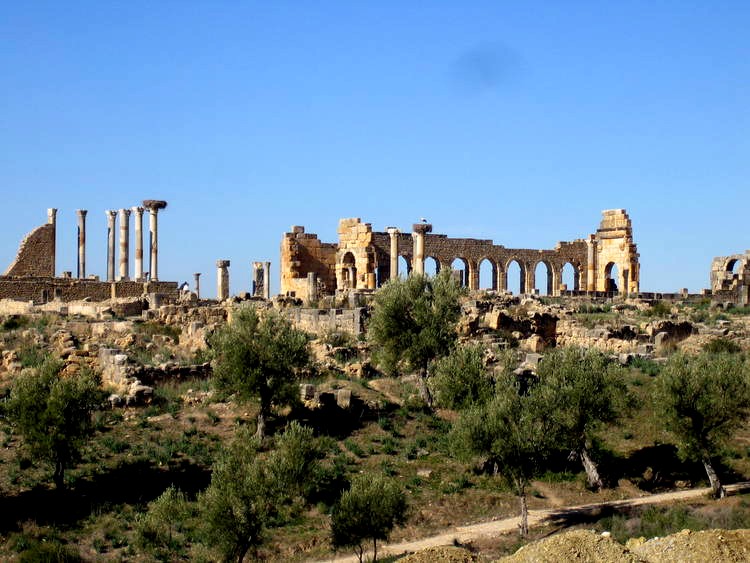
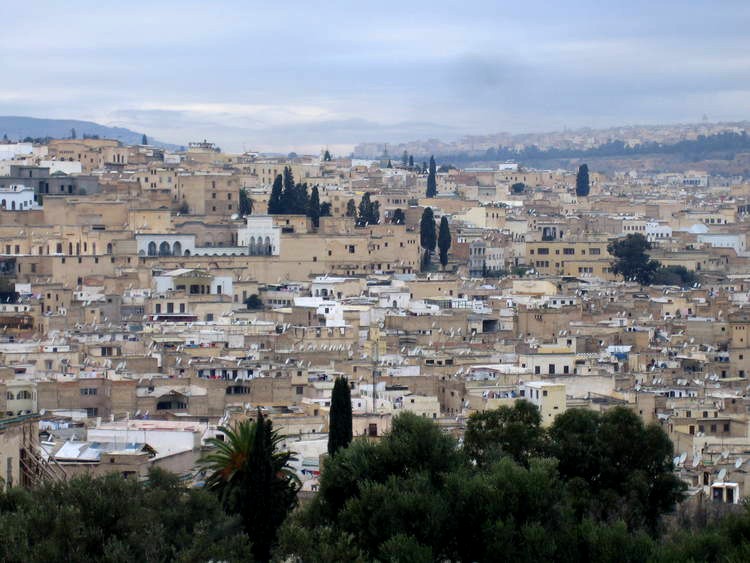

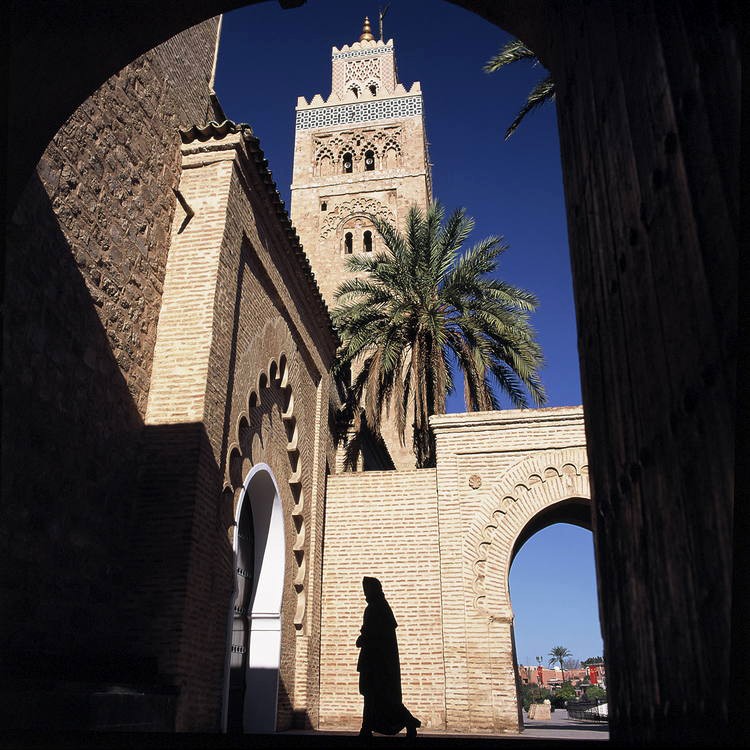
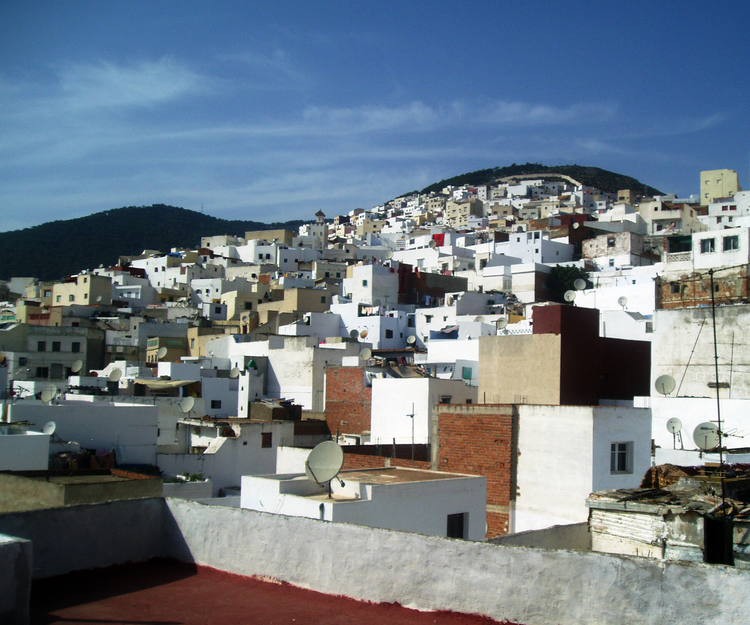
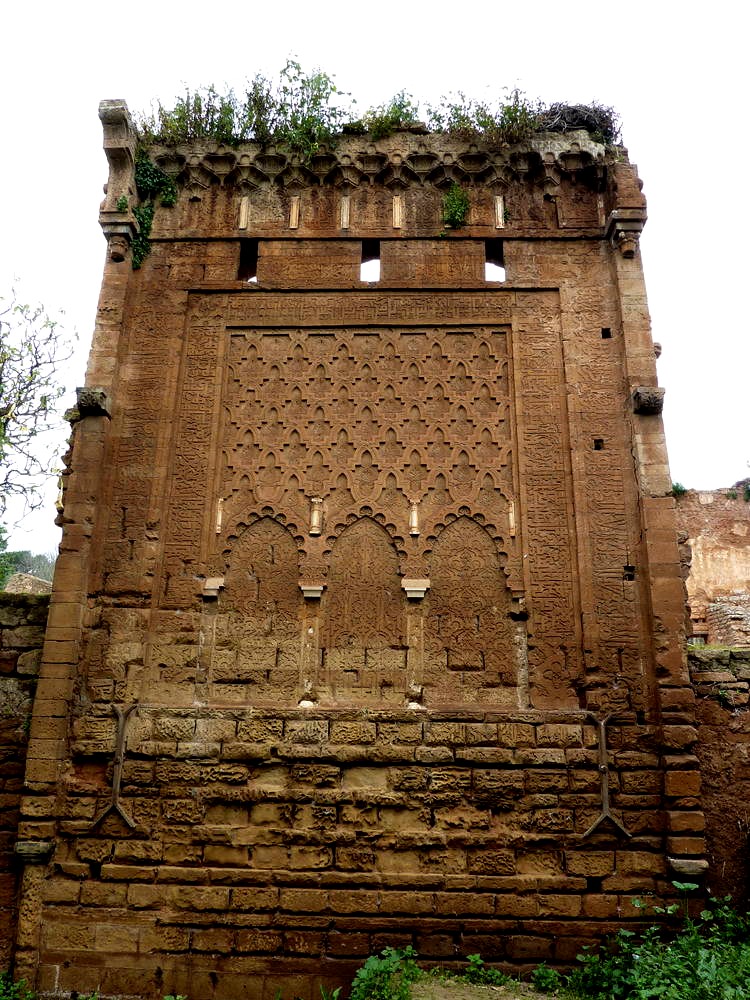

 HANDICRAFTS
HANDICRAFTS MINISTRY OF TOURISM
MINISTRY OF TOURISM ROYAL MOROCCAN AIR
ROYAL MOROCCAN AIR